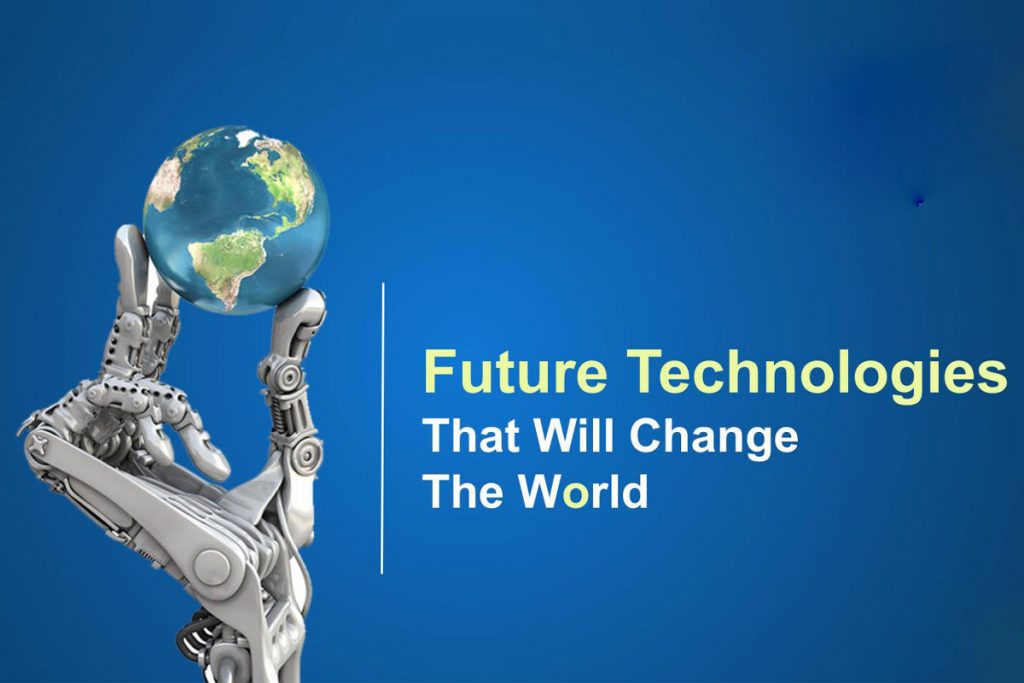According to the 2012 report, Global Trends 2030: option Worlds, published the US National cleverness Council, four technology arenas will shape global financial, social and military developments by 2030. They are in order technologies, automation and developed technologies, resource technologies, and health technologies.
Information technologies
Three technological developments with an IT focus have the power to change the way we will live, do business and defend ourselves before 2030.
1. Solutions for storage and processing large quantity of data, including “big data”, will provide augmented opportunity for governments and commercial organization to “know” their customers better. The technology is here but customers may object to collection of so much data. In any occasion, these solutions will likely herald a coming financial bang in North America.
2. Social networking technologies help individual users to form online social network with other user. They are attractive part of the cloth of online survival, as leading services mix social functions into everything else an person might do online. Social networks allow useful as well as unsafe infrastructure across diverse user groups and geopolitical limits.
3. Smart cities are urban environment that leverage information technology-based solutions to maximize citizens’ economic output and quality of life while minimizing capital use and environmental degradation.
Automation and manufacturing technologies
As developed has gone global in the last two decades, a global ecosystem of manufacturer, suppliers, and logistics company has formed. New manufacturing and mechanization technologies have the potential to change work pattern in both the developed and rising worlds.
1. Robotics is today in use in a range of civil and armed applications. Over 1.2 million trade robots are already in daily operation round the world and there are rising application for non-industrial robots. The US military has thousands of robots in battlefield, home robots void homes and cut lawns, and hospital robots patrol corridors and distribute supplies. Their use will increase in the coming years, and with enhanced cognitive capability, robotics could be hugely unruly to the current global provide chain system and the traditional job allocation along provide chains.
2. 3D printing (additive manufacturing) technology allow a machine to build an entity by adding one layer of fabric at a time. 3D print is already in use to make models from plastics in sectors such as consumer’s products and the automobile and aerospace industry. By 2030, 3D print could replace some conformist mass production, chiefly for short making runs or where mass customization has high value.
3. Autonomous vehicles are typically in use today in the armed and for exact tasks e.g. in the mining industry. By 2030, independent vehicles could transform military operation, conflict resolution, transportation and geo-prospecting, while concurrently presenting novel security risks that could be difficult to speak to. At the consumer level, Google has been difficult for the past few years a driverless car.
Resource technologies
Technological advances will be required to house increasing demand for resources due to global populace growth and financial advances in today’s small countries. Such advances can involve the food, water and power nexus by civilizing farming productivity from side to side a broad variety of technologies counting precision farming and hereditarily customized crops for food and fuel. New resource technologies can also enhance water running through desalination and irrigation competence; and increase the ease of use of energy through better oil and gas removal and option energy sources such as solar and wind power, and bio-fuels. Widespread message technologies will make the potential result of this technology on the environment, climate and health well known to the ever more educated populations.
Health technologies
Two sets of health technologies are tinted below.
1. Disease running will become more effective, more modified and less costly through such new enable technologies as analytic and pathogen-detection devices. For example, molecular analytic devices will provide rapid means of testing for both hereditary and pathogenic diseases through surgeries. Readily available hereditary testing will hasten disease diagnosis and help physicians decide on the optimal treatment for each tolerant. Advances in regenerative medicine almost surely will parallel these developments in analytic and treatment protocol. substitute organs such as kidneys and livers could be developed by 2030. These new disease running technologies will increase the long life and quality of life of the world’s aged populations.
2. Human augmentation technologies, range from implants and prosthetic and powered exoskeleton to brains enhancement, could allow civilian and armed people to work more successfully, and in environment that were previously unreachable. Elderly people may benefit from powered exoskeletons that help wearers with simple walking and exciting activities, civilizing the health and excellence of life for aging populations. Progress in human increase technologies will likely face moral and ethical challenges.
Conclusion
The US National cleverness Council report assert that “a shift in the tech nonlogical center of gravity from West to East, which has already begin, almost certainly will continue as the flows of company, ideas, entrepreneurs, and capital from the developed world to the rising markets increase”. I am not convinced that this shift will “almost surely” happen. While the East, in exacting Asia, will likely see the majority of technological application, the current innovation are taking place mainly in the West. And I don’t think it is a sure bet that the center of gravity for technological novelty will shift to the East.

